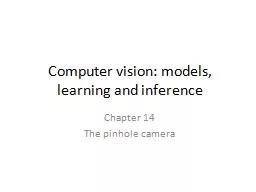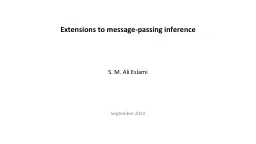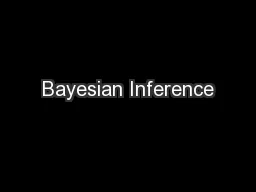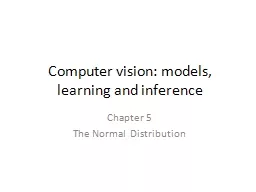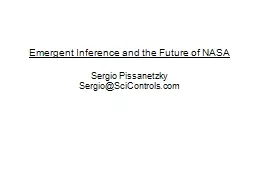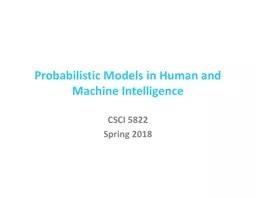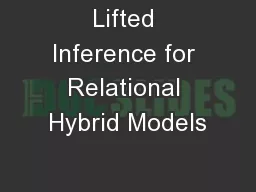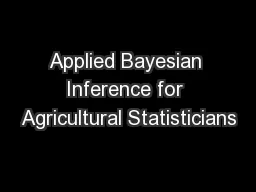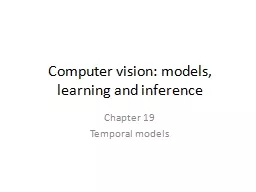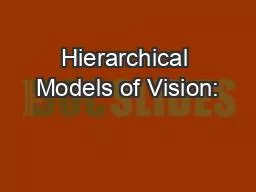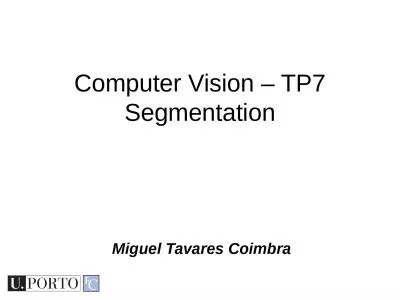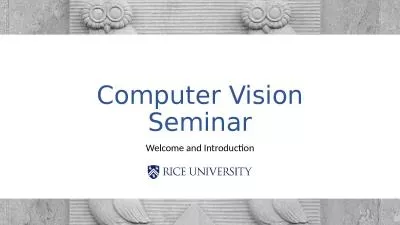PPT-Computer vision: models, learning and inference
Author : phoebe-click | Published Date : 2016-06-17
Chapter 14 The pinhole camera Structure Pinhole camera model Three geometric problems Homogeneous coordinates Solving the problems Exterior orientation problem
Presentation Embed Code
Download Presentation
Download Presentation The PPT/PDF document "Computer vision: models, learning and in..." is the property of its rightful owner. Permission is granted to download and print the materials on this website for personal, non-commercial use only, and to display it on your personal computer provided you do not modify the materials and that you retain all copyright notices contained in the materials. By downloading content from our website, you accept the terms of this agreement.
Computer vision: models, learning and inference: Transcript
Download Rules Of Document
"Computer vision: models, learning and inference"The content belongs to its owner. You may download and print it for personal use, without modification, and keep all copyright notices. By downloading, you agree to these terms.
Related Documents

